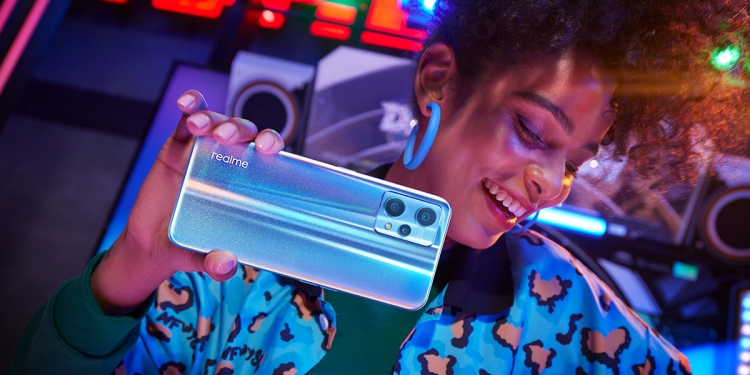This post was brought to you by realme Malaysia.
We’ve come to a time where our smartphone can take pictures better than even the best cameras of decades past. However, not all smartphone cameras are the same. In fact, trying to pick a smartphone for its camera qualities might end up being a surprisingly difficult task, with terms like megapixel (MP) and optical image stabilisation (OIS) on top of brand names like Sony IMX more likely to confuse someone who isn’t very tech savvy. As such, realme Malaysia wants to let you know the big differences between these terms as a way of ensuring you get what you actually want out of your smartphone’s camera.
Megapixels (MP)
Let’s first understand what megapixel means. Essentially, a pixel is a tiny part of an image or photo, and all of these pixels put together form a seamless image. If your monitor for example has an FHD resolution, this means that you’re looking at 1920×1080 pixels on your screen. Similarly, when a camera is rated for 16MP for instance, that means that the camera is taking a picture with 16 million pixels in it.
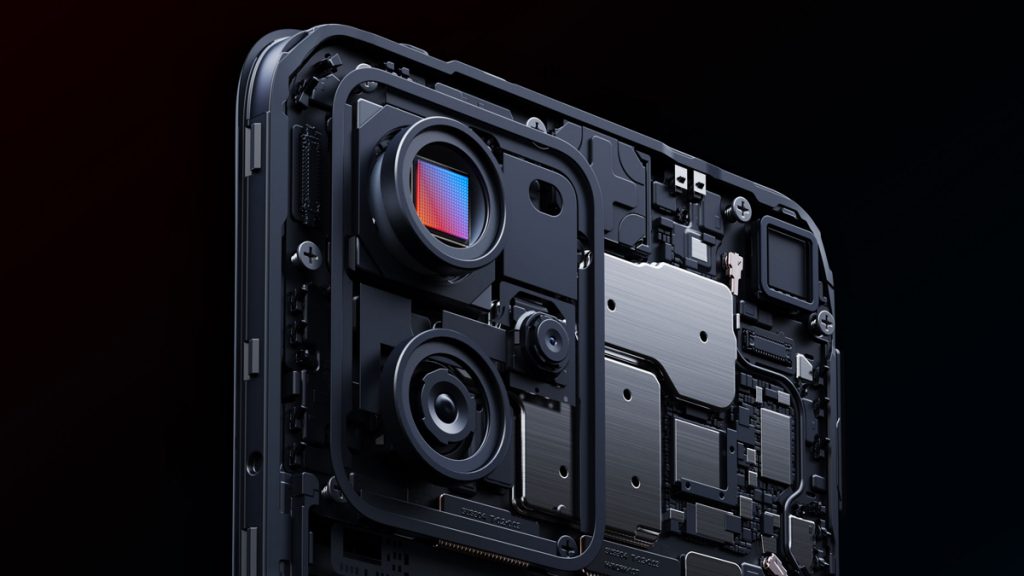
In the last couple of years, smartphone cameras have increased in their MP count, but sometimes the MP count isn’t everything. You’ll also need to take into account the image sensor being used.
Image Sensor
The image sensor for those unfamiliar is the actual part of the camera that detects the light coming in through the lens and converts it into a usable digital image. The key here is to have a good quality image sensor that’s large in size.
See, each image sensor is covered with small light capturing cavities known as photosites. If your 16MP camera has a small sensor, each photosite has to be extremely small to make it fit. In contrast, a good quality, large sensor will be able to have larger photosites too, creating better quality pixels and better photos too. This is especially true when trying to capture in low light or to have a wide dynamic range.
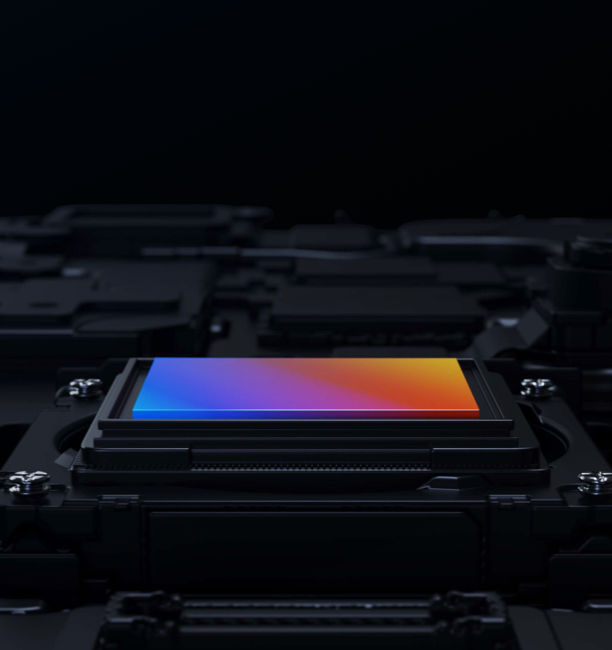
The Sony IMX766 in the realme 9 Pro+ 5G for instance has a 1/1.56-inch sensor which is considered pretty large for a smartphone camera, even though it has only a 50MP camera. In contrast, other higher MP cameras that go as high as 108MP sometimes may look better on the spec sheet, but won’t create as good of a photograph due to a smaller, poorer quality image sensor.
Optical Image Stabilisation (OIS)
Lastly, one critical feature you should look out for is optical image stabilisation (OIS). Without getting too technical here, OIS refers to a hardware-based system with a micro-electromechanical gyroscope to detect movement when using the camera. The gyroscope in turn adjusts the camera accordingly to make up for things like your hand shaking, providing a steady shot for sharp images without blurry effects. OIS is normally considered the gold standard for cameras, as it doesn’t require image cropping to get a good shot.
In contrast, phones without OIS often use electronic image stabilisation (EIS) instead. EIS is basically trying to do the same thing as OIS but via software instead. Because it doesn’t have a gyroscope to help stabilise the camera itself, the smartphone uses its accelerometer sensor instead to detect movement. It then creates a stablised image by detecting and locking onto the subject, cropping out parts of the outer edge to get a good shot of the subject in frame. This means that you’re no longer seeing the entire sensor in the final image, and often times EIS cameras also result in a jelly effect where the subject may be distorted in related to the perspective of the shot.
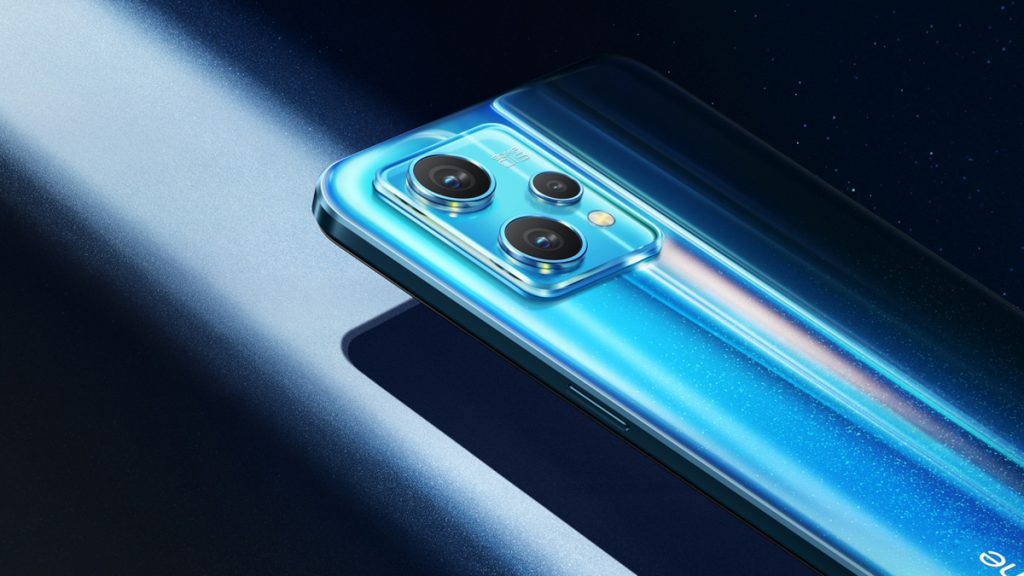
Once you take all of this into consideration, the flagship qualities of the realme 9 Pro+ 5G become much more apparent. It’s 50MP main camera comes uses the Sony IMX766 image sensor and together with optical image stabilisation, the realme 9 Pro+ 5G provides some of the best camera features for photography and videography fans, all while staying within an affordable price range. The large 1/1.56-inch sensor especially is able to capture up to 63.8% more light than rival cameras. Combined with realme Malaysia’s ProLight Imaging Technology for optimal light intake, even budding content creators or perhaps those on a budget will be pleased with the access to such advanced mobile photography capabilities that you’ll get with the realme 9 Pro+ 5G. Just check out all the shots we got using the realme 9 Pro+ 5G:
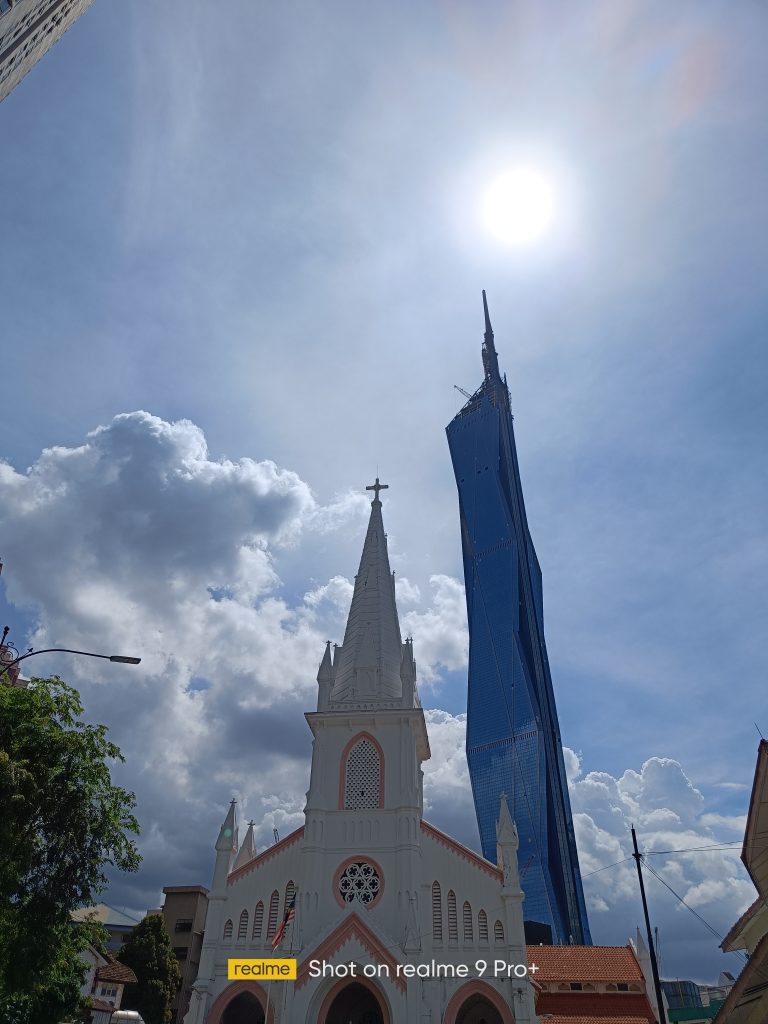


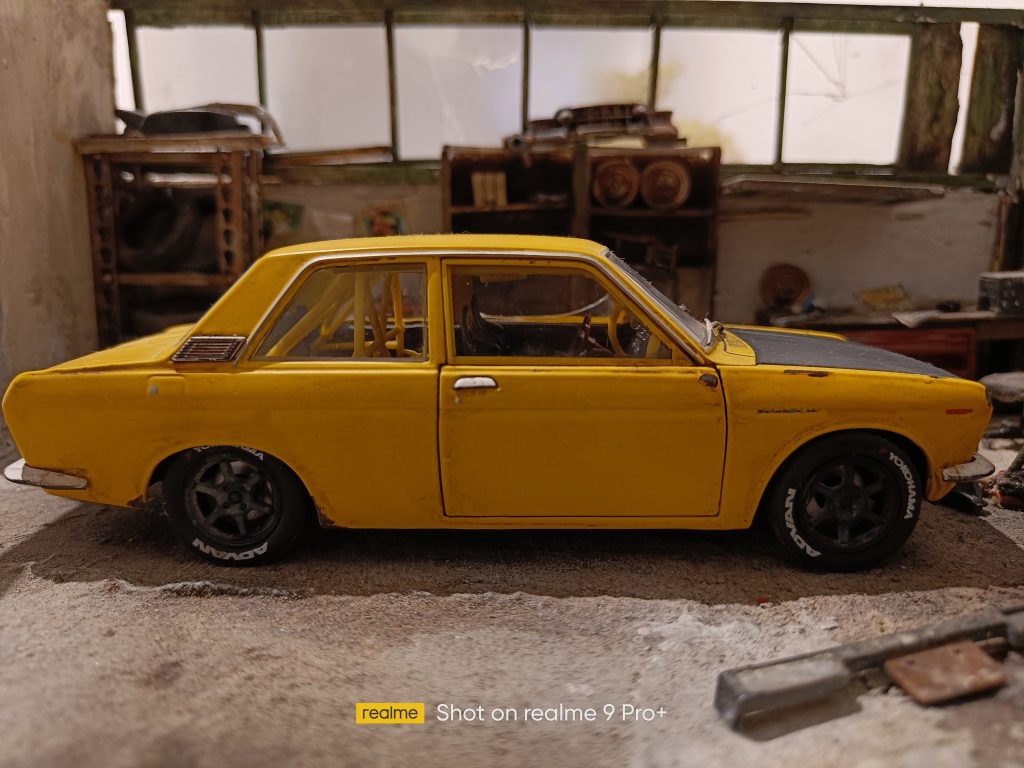

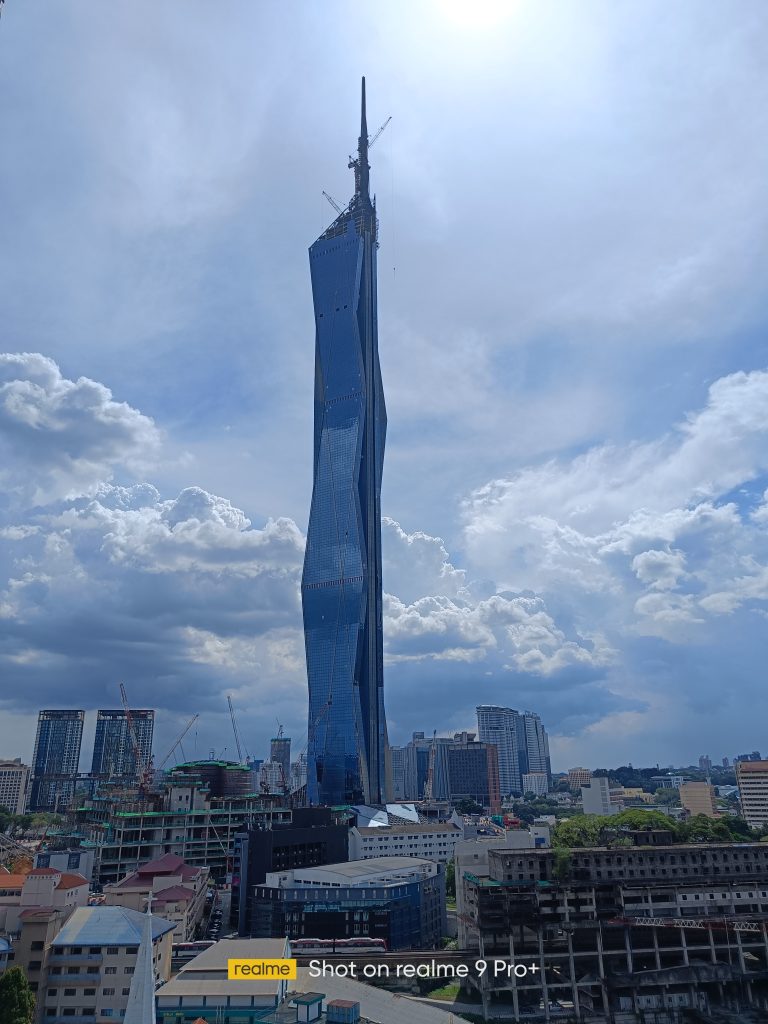
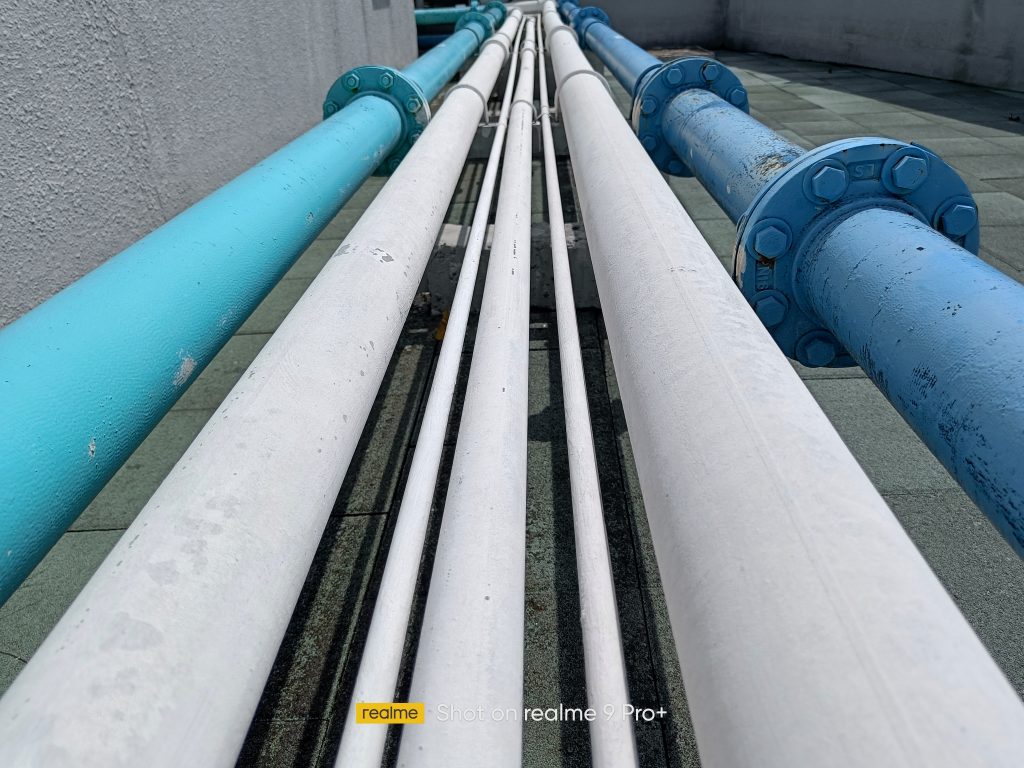

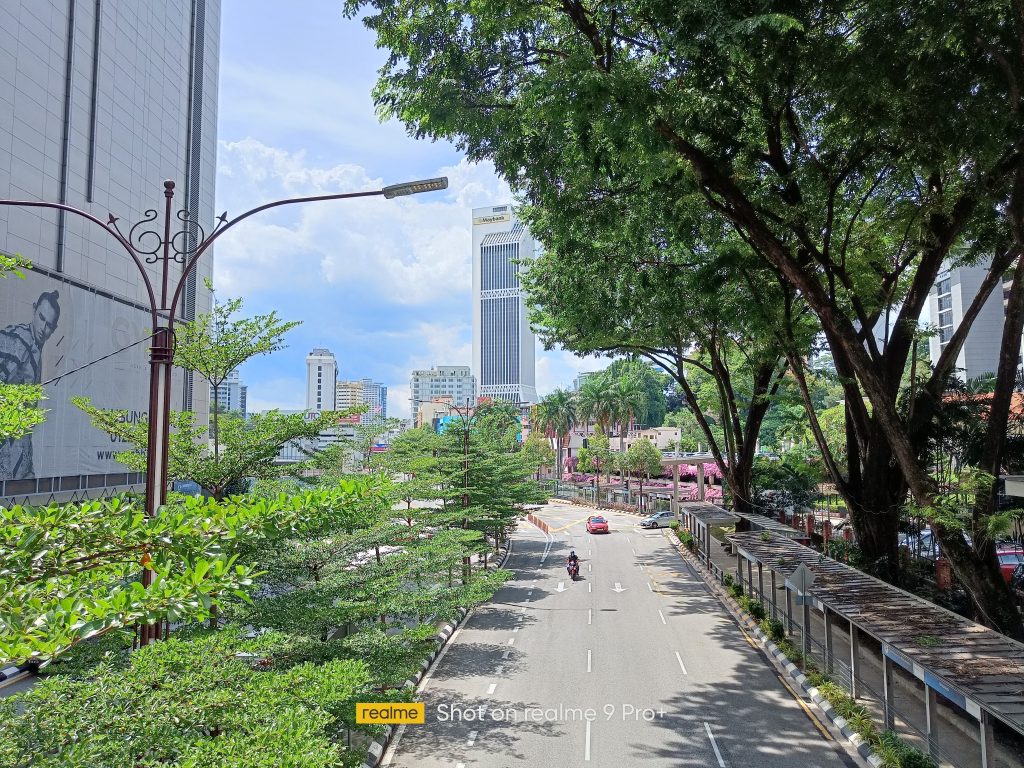
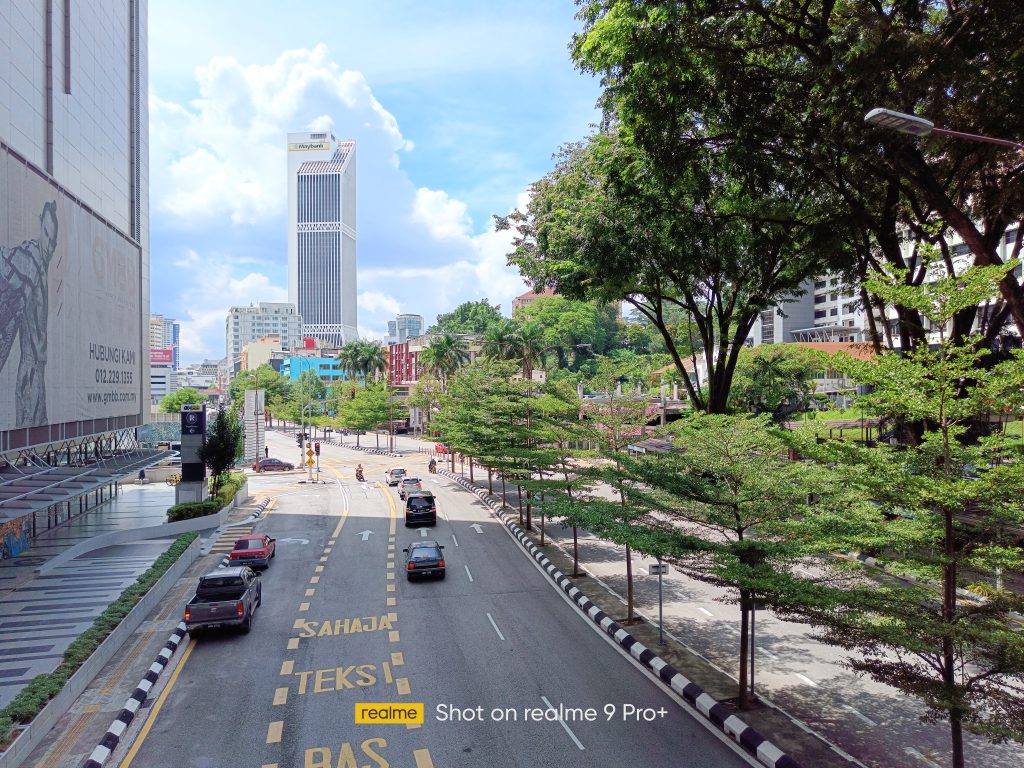
But just to be clear though, the realme 9 Pro+ 5G is by no means a one trick pony. The device packs a strong upper mid-range MediaTek Dimensity 920 5G processor built on the 6nm process for speedy day to day usage and is great for the occasional game too, while the large vapor chamber cooling system ensures for solid sustained performance. The processor also allows for 5G support, offering a high-speed connection for faster and broader connectivity anywhere at any time.

realme Malaysia has packed a 90Hz, 6.4-inch Super AMOLED display onto the device too, and when paired with its Dolby Atmos dual stereo speakers you’re looking at a great package for media consumption on the go. And to ensure you’ll be able to use the realme 9 Pro+ 5G all day, it has a large 4,500mAh battery keeping the lights on with 60W SuperDart Charge too. All of that gets packed into a chassis that’s just 7.99mm thin, and it even comes with an aesthetically pleasing photochromic design that realme Malaysia are calling the Light Shift Design. This transforms the back cover from blue into red once exposed to sunlight.
If you’re keen on getting the realme 9 Pro+ 5G for yourself, be sure to keep an eye out on the realme Malaysia official website as well as their Facebook and Instagram page so that you’ll be in the know the moment it debuts. It will launch on the 2nd of March, 2022 and once it’s out you’ll be able to get your hands on it too on realme Malaysia’s official online store on Shopee.

